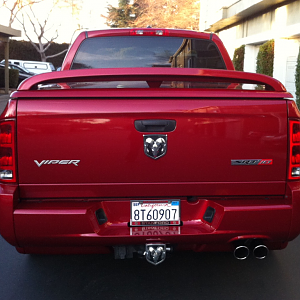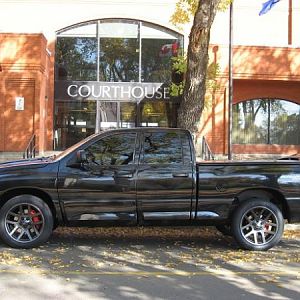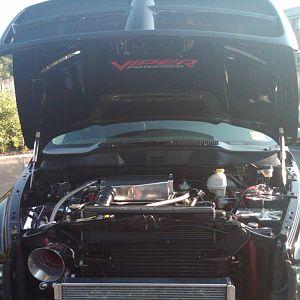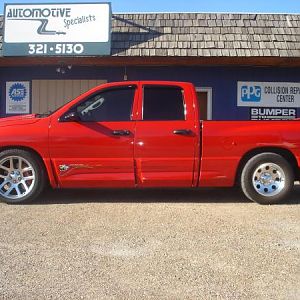supercar1of1
Full Access Member
Riff62 said:I hear ya.I doubt you would have an issue,.but the price of ownership is what it is..If you didnt know that someday you would be replacing the clutch, or buying an SCT, or whatever, well then you didnt do your homework first..The piston issue is a relatively cloudy issue..not many have shared as Prof has with his pics..We hear of an oiling issue with #3 piston, and things like that, and have discussed the ring land/ piston issue to some degree..Prof is FI, and tore his motor down to forge it based on what he believes is a problem..He wants his 14sec monster to last for awhile..lol..He is a smart man..I tend to agree with his thinking..
Sorry Roy..not trying to speak for you or dominate your thread here..
Prof is the one that mentioned the pistons first if my memory serves, and after seeing haulinasps picks and a few more, then profs latest pic's, I think
that the pistons are 95%+ the issue. 5-6 psi like prof and some others were
running is nothing(comparatively) speaking.





